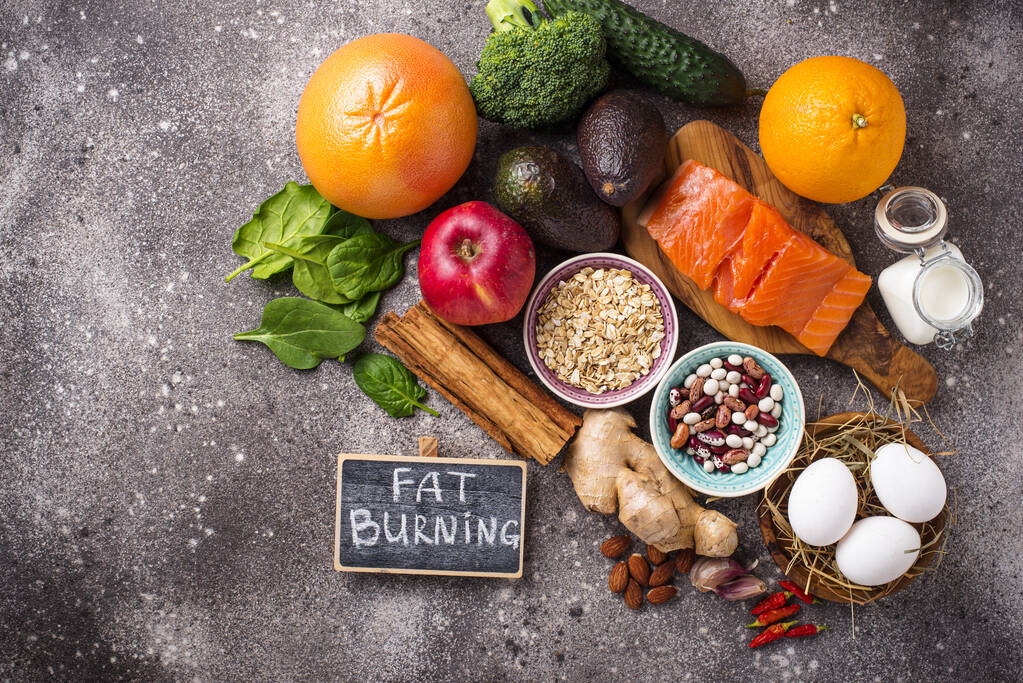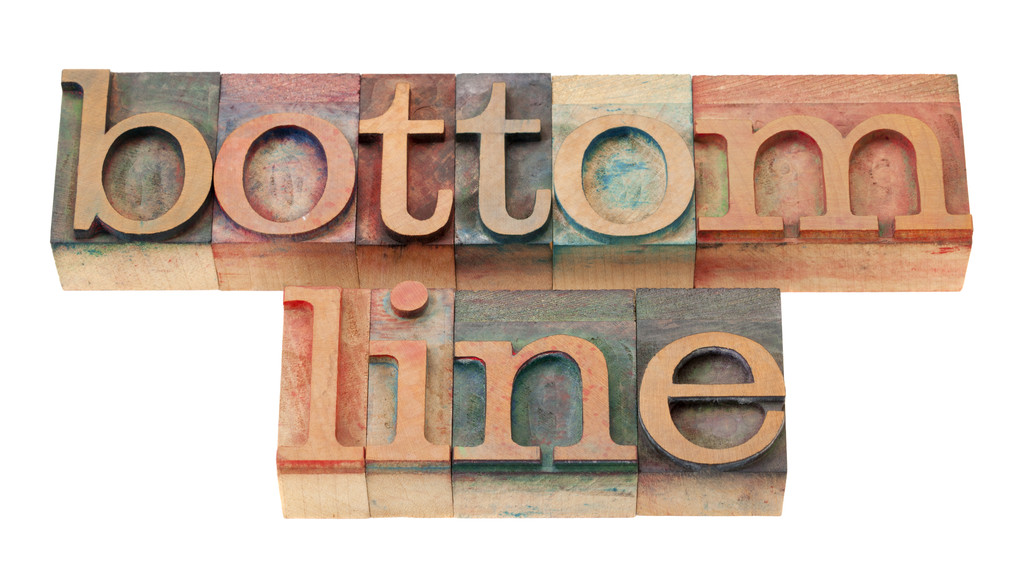Fat Burning and Weight Loss | How Long to Fast to Burn Fat | What Happens to Your Body While Fasting | Potential Dangers of Extended Fasting
We all want to know! When does the body start burning fat during fasting? Fasting or intermittent fasting has recently become one of the most popular diet plans. The concept of fasting to lose weight is backed by science and has given people incredible results. Experts who have studied intermittent fasting for many years have concluded that our bodies have the capacity to go without food for several hours or even days on a stretch.
When Does the Body Start Burning Fat While Fasting?
If you are on a low-carb diet, you may enter a fat-burning stage in 12, 13, or 14-hours of fasting. However, people eating high carbs need to enter phase 3 (16+ hours) for fat burning.
Intermittent fasting works. It has helped several people lose weight and choose a healthier lifestyle. The question that arises now is, how does fasting result in weight loss? When does the body start burning fat during fasting? This article will shed light on these questions and help you understand the concept behind fasting.
 Intermittent Fasting Weight Loss
Intermittent Fasting Weight Loss
Fat Burning and Weight Loss
Why is fat burning essential during your fast? As we all know, obesity is the cause of various chronic conditions and health complications. If weight loss is the primary goal of your intermittent fasting, then achieving fat burning during your fast becomes an important milestone.
Intermittent fasting means eating and fasting for a specific period of time. It works similar to calorie restriction and brings down your overall calorie consumption. Thus it helps you burn fat and shed some weight.
How Long to Fast to Burn Fat?
There are different types of intermittent fasting, and among them, 16/8 fasting is being followed by many. In this, you fast for 16 hours and eat during your 8-hour eating window. A research study of September 2020 at the University of Illinois evaluated participants of 20-hour and 18-hour fasts for 2 months. The results revealed that both fasting regimens revealed similar results.
So, if you are following a daily time restrictive feeding or intermittent fasting, an extended fasting period of 16 hours can be enough to start burning fat. The two-month result of the above research also indicated that intermittent fasting improved insulin resistance and reduced oxidative stress.
 Fat burning products. Healthy food for weight losing
Fat burning products. Healthy food for weight losing
There are various types of intermittent fasting to choose from. If you want to check which schedule suits you better, read – 10 Types Of Intermittent Fasting: The Best Schedule For You.
What Happens to Your Body While Fasting?
Unlike other diet plans that focus on what you eat, intermittent fasting focuses on when you eat. When you start fasting, your body moves through a series of stages. Fasting brings changes in your metabolism that also influence your hormone levels. It also provides your body with essential health benefits. Here are the crucial stages of fasting;
Phase 1 or Fed Stage
This stage occurs within the first few hours after you eat food. During this state, your body digests the food and absorbs the nutrients from the food. Insulin is a hormone that helps in the transposition of sugar from the blood to the cells. During the fed state, there is an increase in blood sugar levels that leads to the secretion of insulin.
 Woman Breaking her fast with a healthy meal, part of her fat burning plan!
Woman Breaking her fast with a healthy meal, part of her fat burning plan!
Excessive glucose or blood sugar is stored in the liver and muscles in the form of glycogen which acts as the primary storage form of carbohydrates. Your body uses this glycogen later and converts it into sugar whenever needed. There is also an increase in a few other hormones, such as leptin, a hormone that suppresses appetite. When you eat food during a fast, the fed-fast cycle resets back to the fed state.
Phase 2 or Fasting Stage
After processing all the food, your energy stores start declining. Once your body runs out of glycogen stores in your liver, it will start burning ketones. Your body starts turning fat into ketone bodies. During this stage, you start burning your body fat.
This phase differs for each individual. If you are on a low-carb diet, you may enter a fat-burning stage in 12, 13, or 14-hours of fasting. However, people eating high carbs need to enter phase 3 for fat burning.

Phase 3 or Extended Fasting Stage
Fasting for an extended period of 16 to 20 hours brings various benefits of fasting. Your glycogen levels are depleted, ketosis has begun, and your metabolism is increased.
However, it is essential to understand that the state of ketosis may not be achieved if your fast lasts for less than 24 hours unless you are on a very low-carb diet. Hence, focusing on eating more protein, and healthy fats is recommended to achieve fat burning during fasting.
Having a well-formatted meal plan can help you follow your intermittent fasting routine conveniently. Check out – 21-Day Intermittent Fasting Meal Plan, which can give you customized meal plans with nutritional guidelines.
Potential Dangers of Extended Fasting

Whether you follow intermittent fasting or any other diet plan, losing weight should not be your ultimate goal. Having low body fat or a lean physique is not the marker of good health.
We all are born with a unique body and a unique body mass index (BMI). Sometimes prolonged fasting may result in anemia, nutritional deficiency, irregular heartbeat, and kidney problems. If you feel extreme hunger, fatigue, weakness, and muscle aches during fasting, you should reconsider your fasting duration. Long-term fasts are not recommended for most people; it should be done under the consultation of a dietician or a doctor.
As mentioned above, you can achieve fat burning and other benefits of intermittent fasting even while following a short fasting period. Focus more on healthy eating and an active lifestyle along with your intermittent fasting.
Bottom Line

I like to workout while in a fasted state, it promotes the fat burning significantly. I will sometimes continue into a prolonged fast of 24 hours, or 20 hours to promote further fat loss. But its up to you and how your body reacts to the fasting.
When your body starts burning fat during fasting depends on various factors. During fasting, your body moves through multiple phases. Depending on your fasting period and the type of food you consume, you enter the fat-burning stage at various levels. By consuming low-carb food and following an intermittent fasting routine, you can achieve fat burning faster. Consume Healthy Fats when you break your fast, and consume proteins to promote muscle growth, etc. As always, eat a whole food diet, minimizing processed foods as much as possible. Happy Fasting!
Even if you are unable to fast for an extended period, follow a healthy lifestyle and eating pattern. With this, you can lose weight with a short fasting period. Also, intermittent fasting brings various health benefits that improve your overall health too.
Want some weight loss shake recipes? See our Easy Recipes for Weight Loss Shakes
Related Articles You May Like:
What Intermittent Fasting Results Can You Expect? Remarkable Weight Loss!Intermittent Fasting – The Ultimate Guide to Lose Weight and Feel GreatWhat Can You Drink During Intermittent Fasting? 11 Drinks for Weight Loss